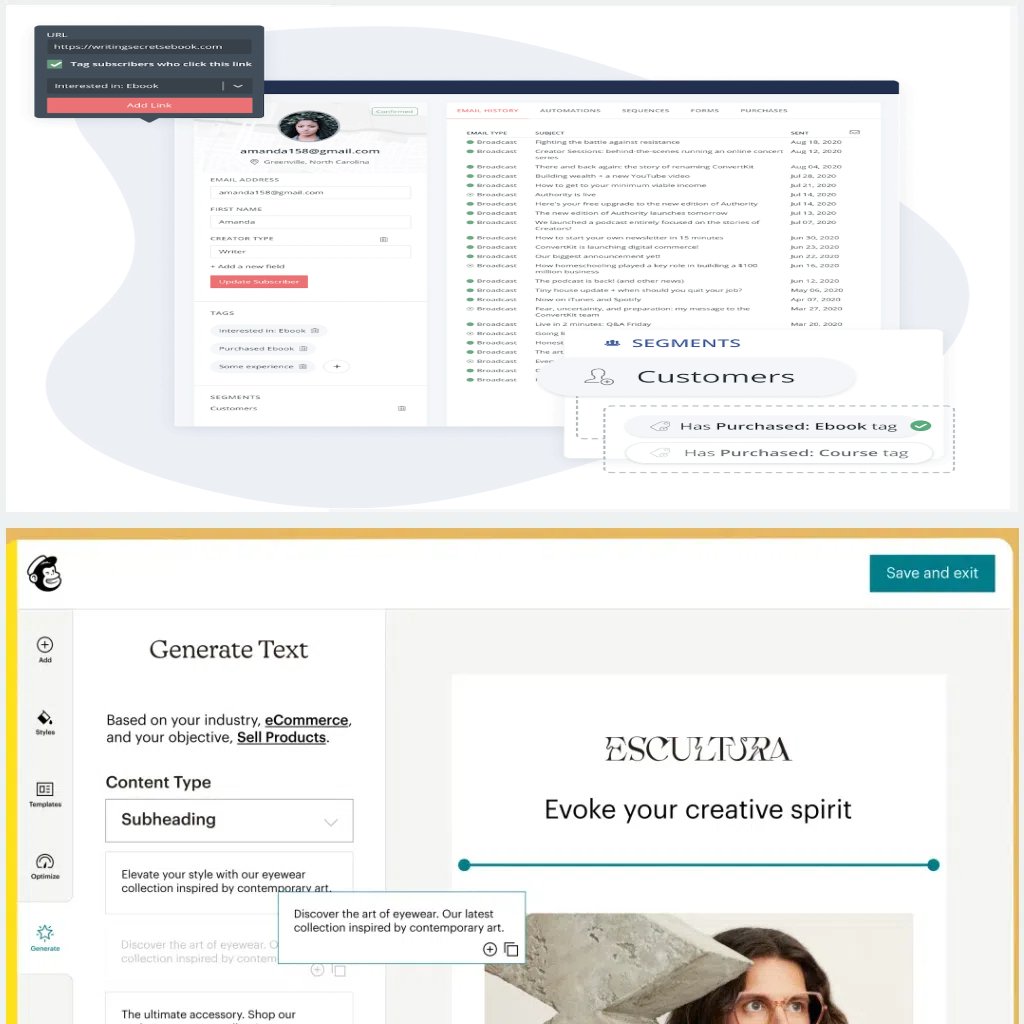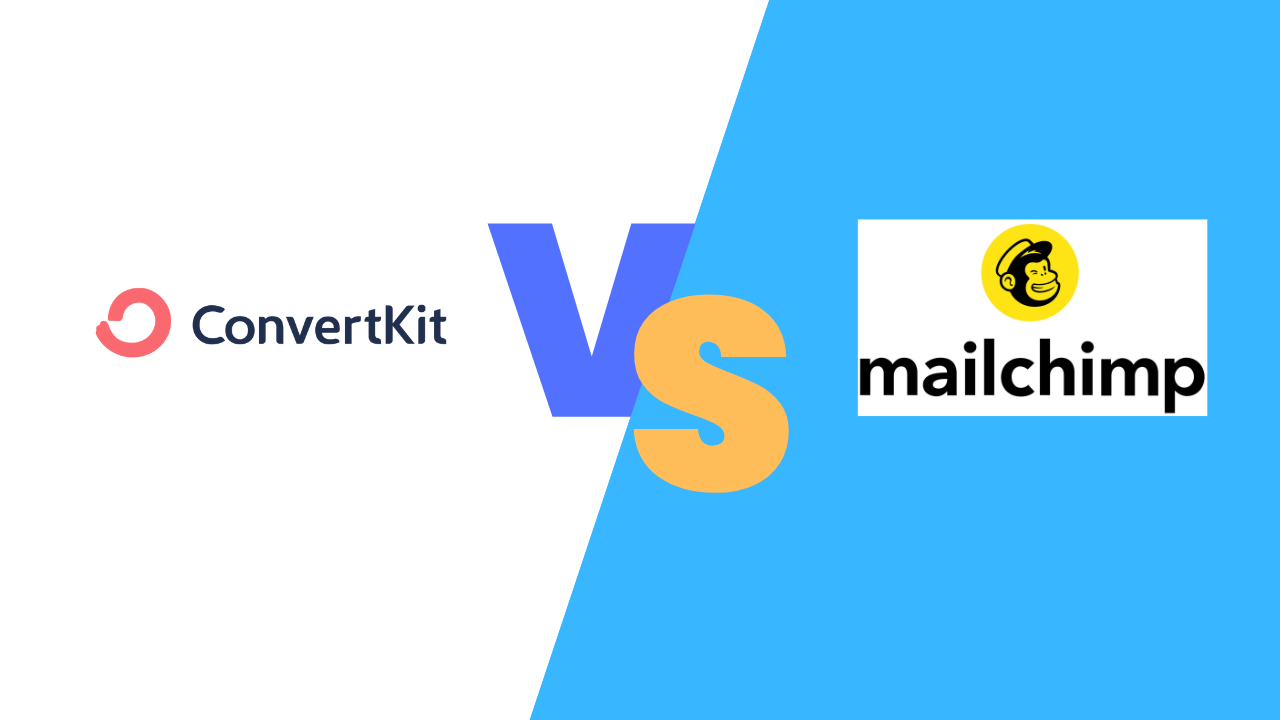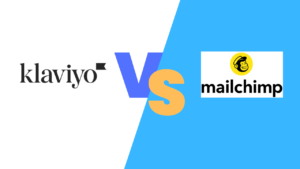In the ever-evolving world of digital marketing, choosing the right email marketing tool can make or break your campaign’s success. Two titans in this arena, MailChimp and ConvertKit, have been battling it out for years. But which one truly reigns supreme in 2024? This comprehensive guide will dive deep into the MailChimp vs ConvertKit showdown, helping you make an informed decision that could revolutionize your email marketing strategy.

Table of Contents
The Battle of the Basics for MailChimp vs ConvertKit: Features and Functionality
MailChimp, the old guard of email marketing, boasts a user-friendly interface and a wide array of features. It’s been a go-to choice for businesses of all sizes since 2001. On the other hand, ConvertKit, founded in 2013, has quickly risen through the ranks, positioning itself as the creator-focused alternative.
MailChimp offers:
- Drag-and-drop email builder
- Advanced automation workflows
- Detailed analytics and reporting
- Built-in CRM features
- Integration with 250+ apps
ConvertKit shines with:
- Simple, text-based email creation
- Visual automation builder
- Tag-based subscriber organization
- Landing page and form builders
- Integration with 70+ apps
Pricing: Bang for Your Buck
When it comes to cost, MailChimp offers a free plan for up to 2,000 subscribers, making it an attractive option for small businesses and startups. Their paid plans start at $11/month and scale based on subscriber count.
ConvertKit, while pricier, offers a free plan for up to 1,000 subscribers. Paid plans begin at $29/month, with pricing increasing as your list grows.
Ease of Use: Simplicity vs Complexity
MailChimp’s interface is intuitive, with a slight learning curve for advanced features. It’s perfect for beginners and those who prefer a visual approach to email design.
ConvertKit prides itself on simplicity. Its clean, minimalist interface is a breath of fresh air for creators who want to focus on content rather than design.
Automation: The Heart of Email Marketing
MailChimp’s automation capabilities are robust, offering complex workflows and behavior-based triggers. This makes it ideal for businesses with diverse customer journeys.
ConvertKit’s visual automation builder is more straightforward but equally powerful. It excels in creating sequences and rules based on subscriber actions.
Segmentation: Targeting the Right Audience
MailChimp allows segmentation based on various criteria, including demographics, behavior, and engagement levels.
ConvertKit uses a tag-based system, which many find more intuitive for organizing and targeting subscribers.
Deliverability: Getting to the Inbox
Both platforms boast high deliverability rates, but ConvertKit edges out with consistently higher scores in recent years. This means your emails are more likely to land in your subscribers’ inboxes rather than spam folders.
Analytics: Measuring Success
MailChimp provides comprehensive analytics, including click maps, social media performance, and comparative reports.
ConvertKit offers essential metrics but focuses on simplicity, providing clear, actionable insights without overwhelming users with data.
Frequently Asked Questions
- Which platform is better for beginners? MailChimp’s user-friendly interface and extensive knowledge base make it slightly more accessible for newcomers.
- Can I migrate my list from one platform to the other? Yes, both MailChimp and ConvertKit offer migration services and guides to help you transfer your subscriber list.
- Which tool is best for e-commerce businesses? MailChimp’s integration with e-commerce platforms and abandoned cart automation give it an edge for online sellers.
- Does ConvertKit offer more personalization options? ConvertKit’s tag-based system allows for highly personalized content delivery, making it a favorite among bloggers and content creators.
- Which platform has better customer support? Both offer solid support, but ConvertKit’s reputation for personalized, responsive assistance gives it a slight advantage.
Conclusion
Choosing between MailChimp and ConvertKit ultimately depends on your specific needs and goals. MailChimp’s versatility and extensive feature set make it an excellent choice for businesses seeking an all-in-one marketing solution. ConvertKit’s simplicity and focus on content creators make it ideal for bloggers, podcasters, and artists who prioritize engagement over complex design.
In 2024, the email marketing landscape continues to evolve, but one thing remains clear: both MailChimp and ConvertKit offer powerful tools to grow your subscriber list and boost engagement. Consider your budget, desired features, and target audience when making your decision. Remember, the best tool is the one that aligns with your marketing strategy and helps you connect with your audience effectively.
Whichever platform you choose, the key to success lies in consistently delivering valuable content and nurturing your relationship with subscribers. So, take the plunge, start building your list, and watch your online presence soar!




